
You can try your hand at B2B copywriting using the above tips. Your content should be target-oriented: in this case, your niche audience
B2B copywriting can be challenging, and it helps to pay heed to some tips for writing copy. You need to identify your target audience beforehand, but don’t be surprised if they are experts who need convincing with your catchy content. Remember, B2B copywriting is quite different from the material churned out for the general masses. It is impossible to please everyone, so you should tailor your content to appeal to a niche market.
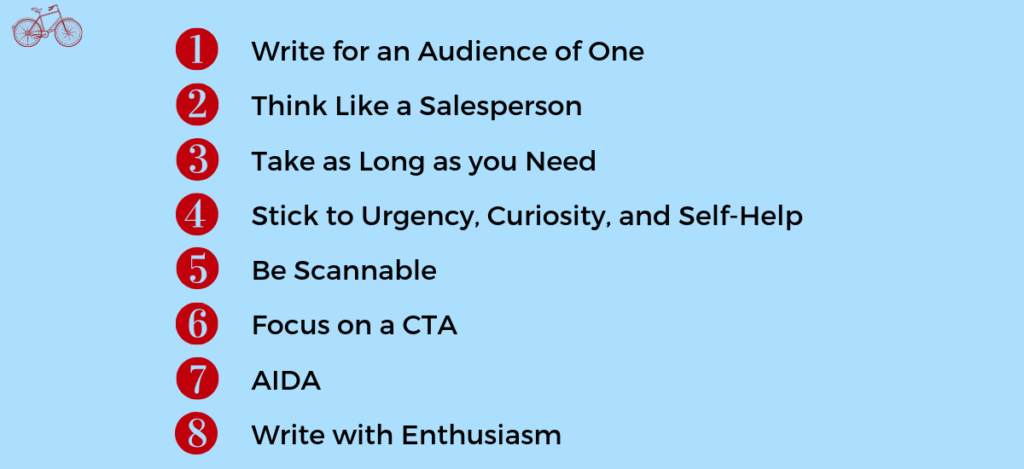
Why Should You Improve Your B2B Copywriting Skills<h2>
The fate of your brand rests on how you go about writing copy. Expert B2B copy principles and examples emphasize the need to invest precious time and effort in your copywriting endeavors.
It is crucial to build a rapport with and win the trust of your potential customers. How you use your words can greatly influence prospects’ buying decisions, turning them into solid clients. It pays to set specific goals and achieve them with customized ad copy. Excellent copywriting skills help drive a large target audience towards your website, leading to better conversions.
8 Vital B2B Copywriting Tips
Now that you have a brief idea of how improving your B2B copywriting skills can benefit your company, here’s a list of the top copywriting principles you can apply to your strategy.
1. Have a content strategy in place<h3>
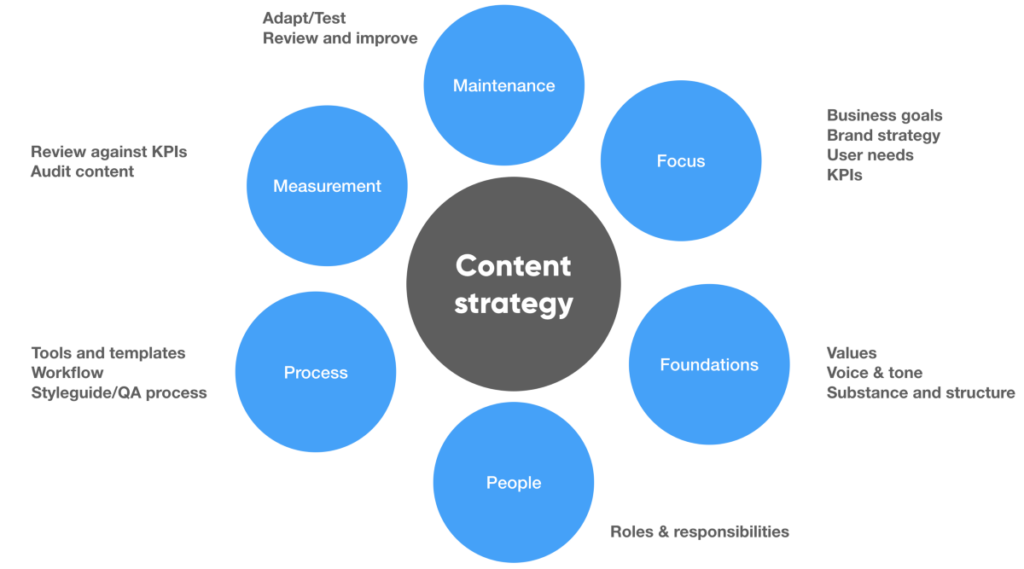
Did you know that only 40% of B2B marketers have a documented content strategy (Content Marketing Institute, 2022)? It pays to join this league because a well-executed content marketing strategy helps add and retain new customers. A unique approach makes you stand out, and your brand gets noticed. There’s no point in starting to create content without planning and strategizing it to your advantage. Only high-quality content attracts new clients and holds their attention.
It pays to start by working on briefs and outlines first. You need to identify the purpose of your B2B copy and then fortify it with well-researched information. This is one of the best B2B copywriting tips you can get.
2. Use the right keywords
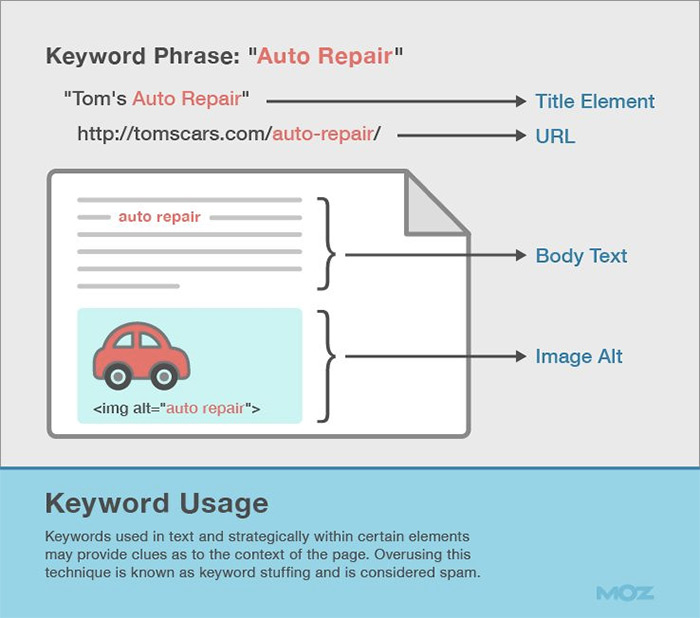
One of the most useful B2B copywriting principles includes researching relevant keywords. You may want to use a good keyword tool (ahrefs, Google Search Console, ahrefs, etc.) for this purpose. The right keywords will help you attract more clients. Having more visitors means better chances to establish your brand and sell your product or service. Using the appropriate tool helps simplify your keyword research exercise and saves precious time.
You can research keywords your competitors are using and stay a step ahead of them at all times. Make sure to avoid stuffing keywords in your copy. Go back to your copy outline to ensure that the keywords are not too dense and are placed strategically.
3. Use an interactive tone in your copy
You never know who is reading your copy. Hence, it pays to use a friendly tone to make the readers feel at home. However, you must strike a balance between friendly and informative, as you’re reaching out to B2B clients. Also, use terms familiar to the region and demography you intend to reach.

The image above is a Mailchimp example, which talks directly to the client. It also tells them what they can expect from the company’s services. The reason we advise using a friendly tone is to set the stage for better interaction with customers. It can be challenging to start a conversation unless you have compelling copy to kindle your readers’ interest.
Never make your copy sound like a sales pitch. Overselling puts off most people. Instead, make them feel comfortable knowing that they are dealing with a friendly and helpful brand. Most people are looking for a solution, and your content should sound like it offers the perfect one.
4. Make it scannable
According to Nielson, despite changes in design, the basic scanning behavior of most readers remains unchanged. Not all people surfing the internet read every single sentence they come across. The truth is, people rarely read online unless they stumble upon engaging content. When writing B2B copy, you should focus on brevity, without missing out on the essence.
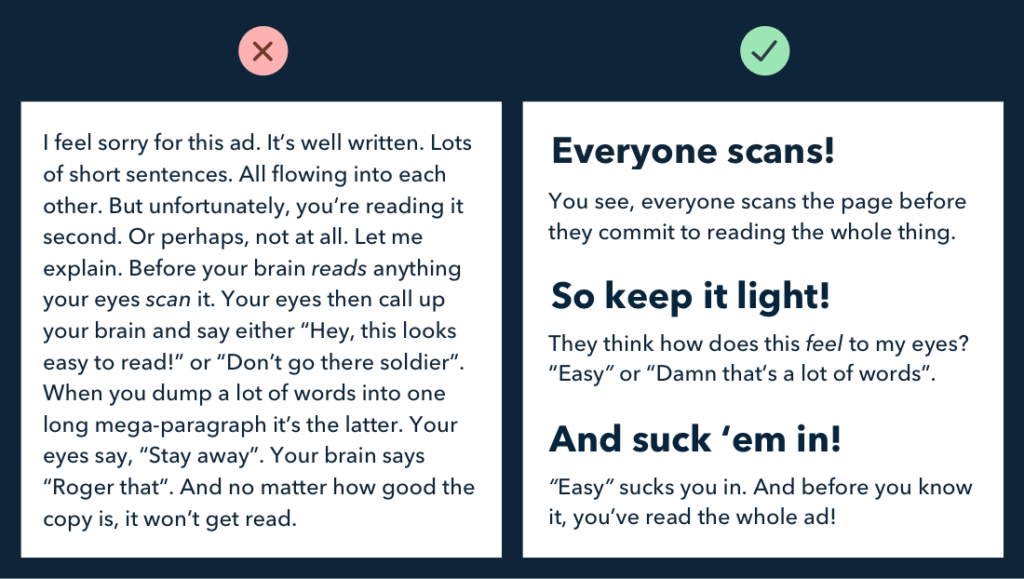
To make your copy look neat and orderly, you may want to include bulleted or numbered lists. You can even highlight important parts by bolding them. Having short paragraphs, each with a suitable subheading, makes for good readability. Adding images and videos is an excellent idea as they help split your copy into readable portions.
5. Target the decision-maker
There is no point in barking up the wrong tree. You need to target the decision-maker in the organization. They will take concrete action when buying your product or service. Regardless of whether you are writing for a website’s landing page or an emailer, ensure that you know who will be reading it. The key persona you are targeting may be a sales manager, marketing manager, or CEO, but it must be a person who exercises a certain level of authority.
6. Avoid too much detail
No one buying a laptop or smartphone is interested in knowing about the umpteen parts the device has. Unless, of course, your approach is novel, and it’s probably the first time someone is hearing about how it works. Of course, it is okay to dwell on the details that make the product unique.
However, if the product or service you offer involves a lot of complexities, you are better off not describing them, lest your readers get too confused and scoot. If you must explain your process in detail, you may want to do that in a separate blog post, but not in your B2B copy.
7. Win your readers’ trust

One of the cardinal B2B copywriting tips is to write copy that can win over your readers. One way of building trust is by building social proof. It would be nice to share screenshots of media mentions and features most liked by existing users. Today, social media is abuzz with endorsements from leading influencers. Using powerful influencers to win the trust of your prospective customers is also a good tip to follow.
8. Include a call to action
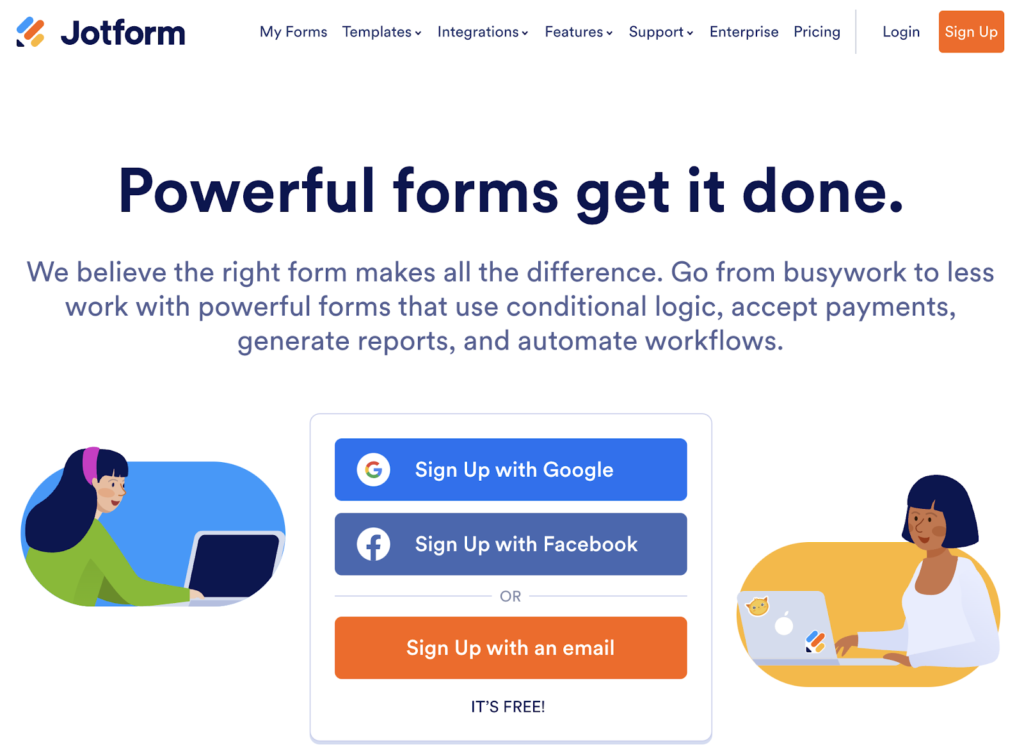
No matter how good your copy is, if it doesn’t guide the reader to take action, it is more or less a failure. Ensure that your call to action (CTA) is attractive, informative, and precise. It can’t be too long, and should tell the reader exactly what they must do. CTAs generally feature a link leading to a landing or checkout page.
Your CTAs should be brief and to the point, and promise a solution that customers are looking for. The CTA is generally placed at the bottom of the page, or the end of an email.
Free Copywriting Tools
It is advisable to use some tools to write quality copy and follow the basic rules.
- Readable allows you to check the readability of your content. The easier the reading level, the greater your readership. The tool will tell you how difficult or easy your content is to read in a few seconds.
- Hemingway Editor checks your content for grammar, language, and flow-related discrepancies . It highlights difficult-to-read sentences and suggests more straightforward phrases (if you used complex ones). Additionally, the tool suggests you convert passive sentences to active ones.
- WordCounter, as the name suggests, is a tool that tells you how many times you’ve repeated a particular word, and advises you to use alternatives.
Partnering With a Copywriting Firm
In addition to increasing brand exposure, partnering with a copywriting firm can help you communicate better with your readers. These firms have the resources to help you simplify as well as enhance your content. Also, partnering with a seasoned copywriting expert can help you develop your business by providing you with valuable B2B copywriting tips and tricks.

Key Takeaways
- It’s the copy that makes a difference when it comes to your marketing activities.
- The trick lies in writing concise and compelling content specially created for a niche audience.
- You must identify your buyer’s persona before you start writing.
- Always include a call to action in your copy.
You can try your hand at B2B copywriting using the above tips. Your content should be target-oriented: in this case, your niche audience is your target. Remember that every word counts, and the trick lies in saying as little as possible without compromising the intended impact!
FAQs
1. Write crisp content to convince someone to buy a product or service
2. Understand the product and its benefits before describing it
3. Know your target audience before settling down to write. It pays to think like your readers and use words they read or use often.
4. Be brief and use simple words and sentences to capture a wider audience
1. Stay grounded
2. Emphasize the best features of your product or service and your colleagues’ level of product knowledge.
3. Highlight how long the brand has been in business and how dependable the service is
4. Explain the benefits of your product or service when customers go for it
1. Follow B2B copywriting tips like identifying your target audience
2. Have clear goals and hone your skills to achieve them
3. Developing a distinct brand identity and focusing on the value proposition rather than the process
4. Don’t confuse your readers with technical jargon; be a great storyteller instead
5. Learning how to format your copy cleverly
1. Ensure you possess excellent writing skills
2. Be a great communicator and have a creative bent of mind
3. Hone your technical and problem-solving skill
4. Be an excellent researcher
5. Adopt your personal style
Firstly, you need to feel the pulse of your readers. Do your homework well. In other words, research thoroughly before writing. Break your copy up into short, informative chunks to hold the readers’ interest. Always ensure that your content has a purpose, and strive to achieve it with your words. It pays to write catchy headlines, and never forget to include a call-to-action button, as the conversion is the ultimate goal.
Latest Blogs
Explore how Google’s 2025 AI search updates triggered ranking chaos. Learn actionable strategies to adapt your SEO for AI Overviews, zero-click searches, and SERP volatility. Stay ahead now.
Learn how to rank on AI search engines like ChatGPT, Perplexity, and Gemini by optimizing your content for authority, structure, and relevance. Stay ahead in AI-driven search with this strategic guide.
Explore the best healthcare SEO services for your medical practice. Improve online visibility and effectively reach more patients in need of your services.
Get your hands on the latest news!
Similar Posts

B2C Marketing
5 mins read
Top Choices for Best Content Marketing Services in B2B Industries

Artificial Intelligence
5 mins read
How A Lead Generation Specialist Can Use AI-Powered Content Funnels to Drive Conversions

Artificial Intelligence
4 mins read